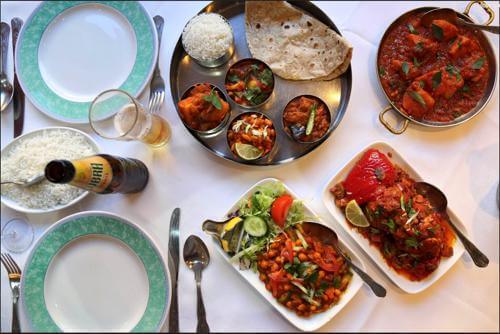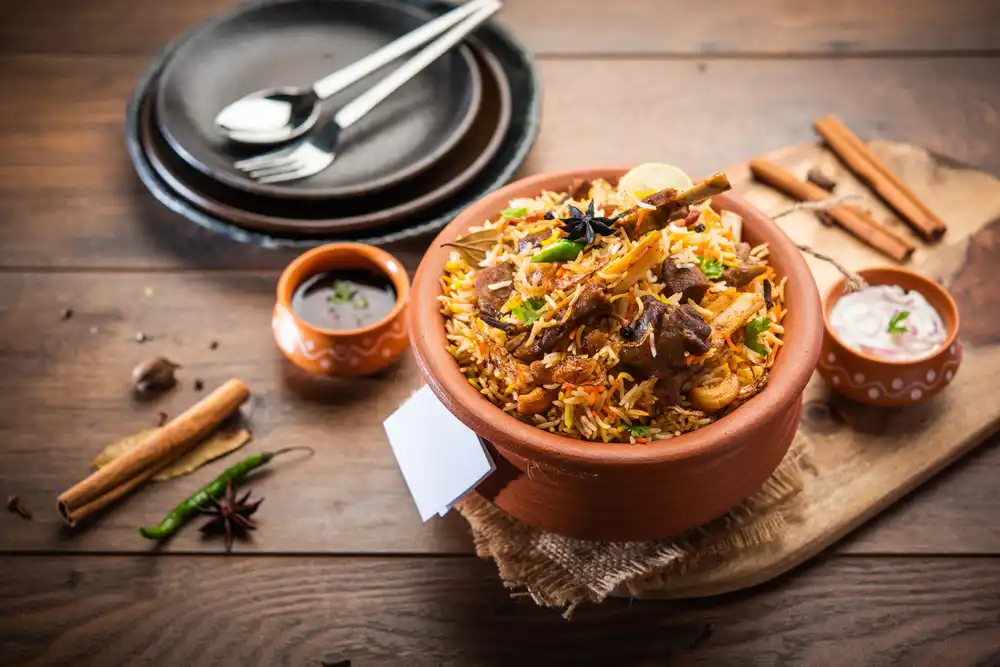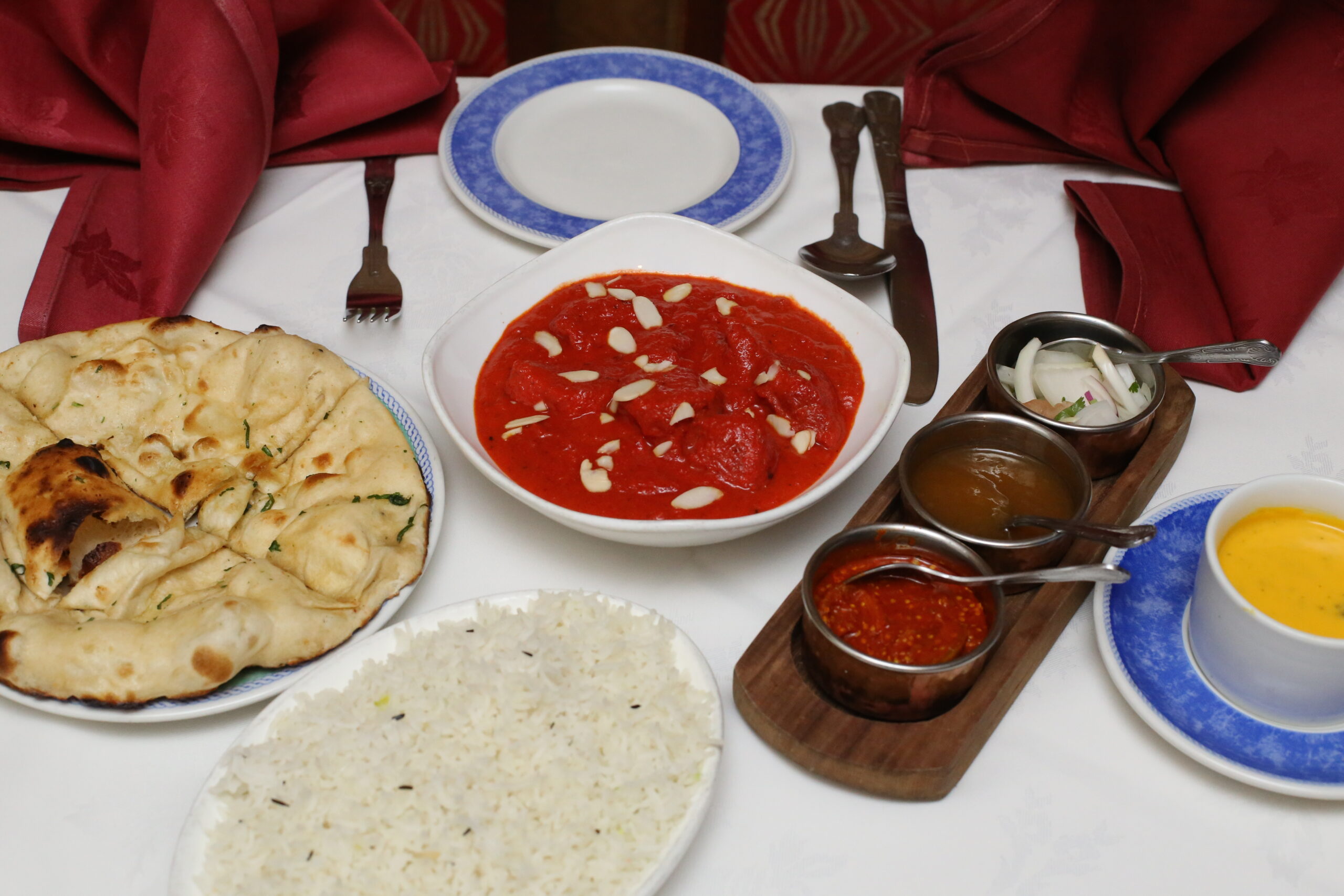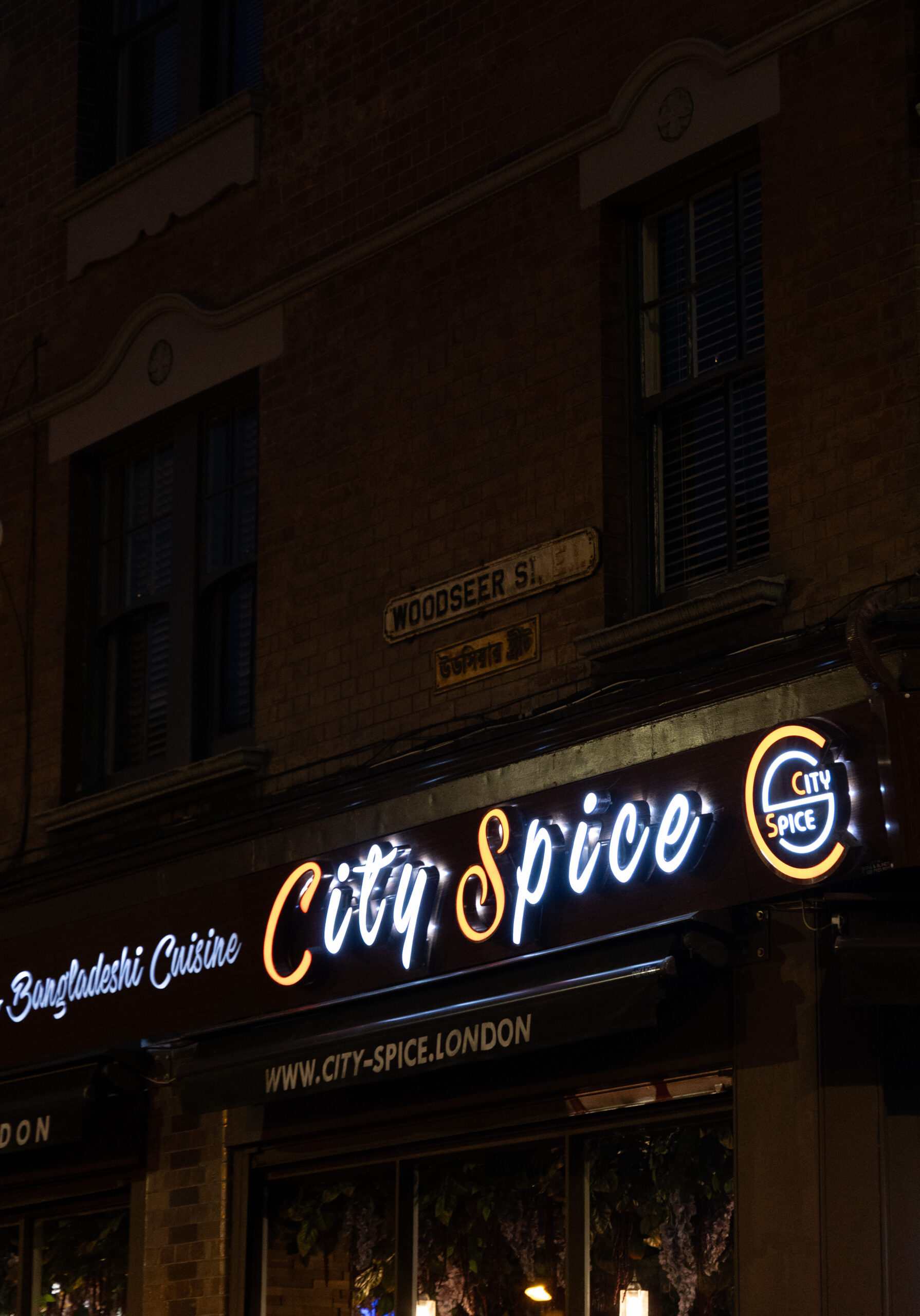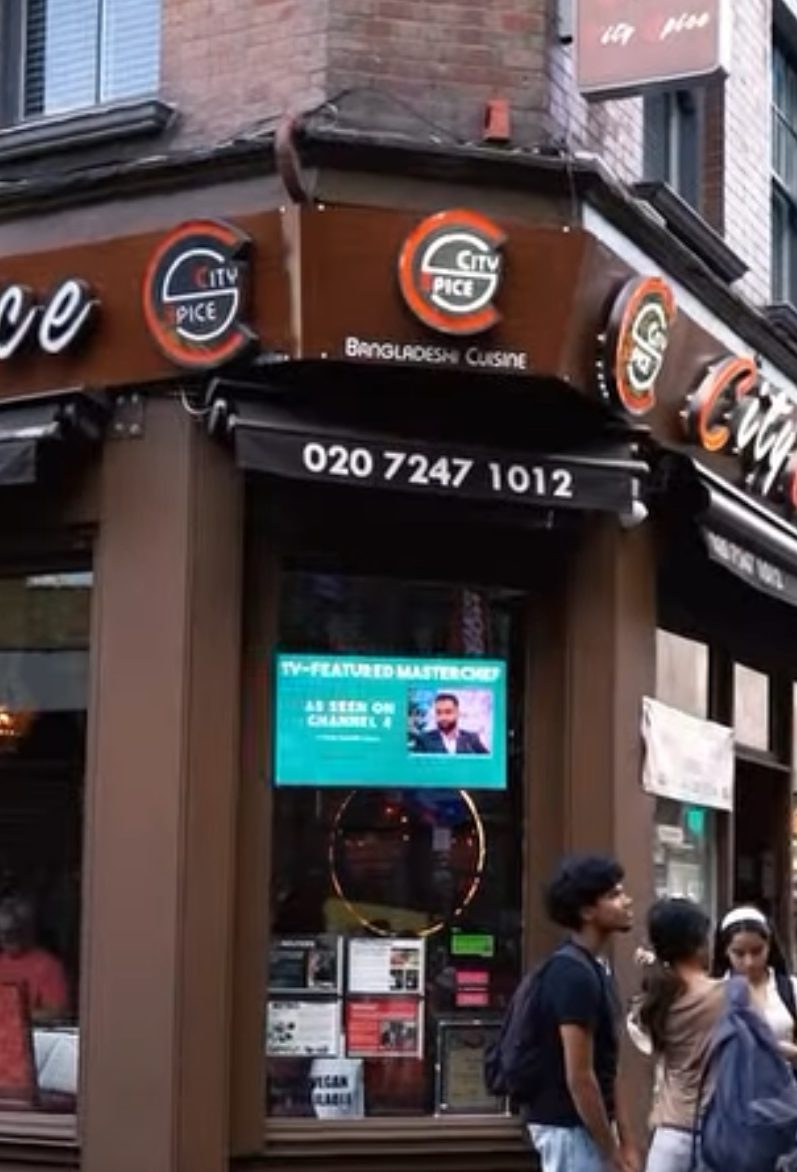
Curry Legends of London: Restaurants That Made History
London’s romance with curry is old and rich. Indian, Pakistani, Bangladeshi, and Sri Lankan restaurants have informed the city’s food culture over decades. Some among these have left an indelible mark, becoming legends in their own right. They served not just food, they made history. One name that stands out from this story is City Spice London, a restaurant that weaves together tradition, taste, and innovation.
The Rise of Curry in London
Curry followed South Asian immigrants to London in the middle of the 20th century. It was a specialty food at first, served primarily to immigrant communities. But soon the British public fell in love with the flavors. Spices, sauces, and scented dishes soon established themselves in London kitchens.
The post-war era witnessed the initial wave of Indian and Pakistani eateries. Bricks Lane was one such place which became popular for curry enthusiasts. Restaurants did experiment with recipes, but it was towards making old ones acceptable to local consumers. Authenticity was still the top priority. This is the blend of tradition and innovation which has created the curry legends of the present.
Why Curry Became a Cultural Phenomenon
A number of issues helped curry to become something beyond mere food in London:
Accessibility:
Ingredients and spices were made more accessible.
Affordability:
Curries were delicious but within reach, with a wide appeal.
• Adaptability:
Restaurants modified traditional recipes to British taste while keeping it authentic.
Through these aspects, curry was made a cultural symbol. It is not just taste, but also people, migration, and history.
City Spice London: A Modern Legend
Of London’s iconic curry houses, City Spice is one. It has built a reputation for serving true flavors with a modern flair. In the center of London, it is an institution for curry lovers.
Why is City Spice a legend?
• Signature Dishes:
From scented curries to grilled meats, all dishes showcase South Asian heritage.
• Ingredients:
Fresh vegetables, high-quality meats, and old-fashioned spice mixtures provide unparalleled flavor.
• Consistency:
City Spice has had high standards over the years, and locals and tourists flock to it.
Additionally, City Spice combines traditional cooking techniques with contemporary dining experiences. Their butter chicken, for instance, is slow-cooked within a tandoor, but sauces are cooked with house-made spice blends. With this blend of authenticity and innovation, the restaurant finds a special place in London’s culinary history.
Other Curry Legends in London
Although City Spice is a modern-day legend, London’s curry culture was also influenced by other traditional curry houses:
1. Brick Lane Curry Houses:
They helped curry gain popularity in the United Kingdom. They have been operated by families for many generations and specialise in Balti and Korma.
2. Hakkasan Origins:
London’s curry evolved thanks to early South Asian influences on upscale dining, even though it is now known all over the world.
3. Paro Indian Covent Garden:
A restaurant that has shaped modern Indian cuisine in London with its authentic spice blends and Kolkata-style curries. Each of these eateries contributed in some way. They influenced later generations of chefs, preserved customs, and created new flavours.
The Secret Behind Legendary Curries
Why is a curry considered legendary? It combines the following:
• Spices:
Flavour depth is produced by using fresh, well-balanced spice blends.
• Technique:
Dishes are elevated by using proper cooking techniques, such as tandoor roasting or slow cooking.
• Consistency:
Iconic eateries cultivate devoted patrons by consistently serving the same flavour.
• Innovation:
The menu is kept interesting by incorporating small changes while honouring tradition.
City Spice is the perfect example of each of these qualities. The dedication with which they choose their spices, marinate them, and cook them contributes to their legendary status.
How Curry Shaped London’s Culinary Scene
Curry houses fostered communities in addition to providing food. Curries, naan, and biryanis brought together families, visitors, and local foodies. Curry’s status in London culture was strengthened by festivals and other events that honoured these flavours.
Curry also had an impact on other cuisines. Traditional South Asian curries are the origin of fusion cuisine, street food, and modern adaptations. London is now known throughout the world for its innovative and historic curry.
Modern-Day Legends: Why They Matter
In addition to serving food, eateries like City Spice also preserve culinary traditions. They source genuine spices, train up-and-coming chefs, and teach diners about South Asian culture. They are therefore crucial to London’s past as well as its current culinary development.
Furthermore, in a crowded food market, these legends guarantee authenticity and quality. They offer a genuine taste of South Asia in the centre of London for visitors, foodies, and pilgrims.
Tips for Experiencing Legendary Curries
1. Sample Signature Dishes:
To taste real flavours, ask the chef for suggestions.
2. Choose Your Partners Carefully:
Rice, naan, or accompaniments like raita and pakoras complement curries.
3. Discover Variety:
Try grilled meat, seafood, and vegetarian selections.
4. Explore Historic Sites:
Covent Garden and Brick Lane are popular destinations for renowned curry experiences.
5. Look for Seasonal Specials:
A lot of eateries make unique curries for holidays or other special events.
Conclusion
London’s curry culture is a convergence of tradition, innovation, and history. Places such as City Spice are the epitome of this development. They maintain classic flavors with the addition of new methodology, making them culinary legends. A trip through London’s curry world is more than dining experience culture, heritage, and history.
From Brick Lane classics to Covent Garden favorites , curry is no longer just a food but a tale of spices, aromas, and tastes.


